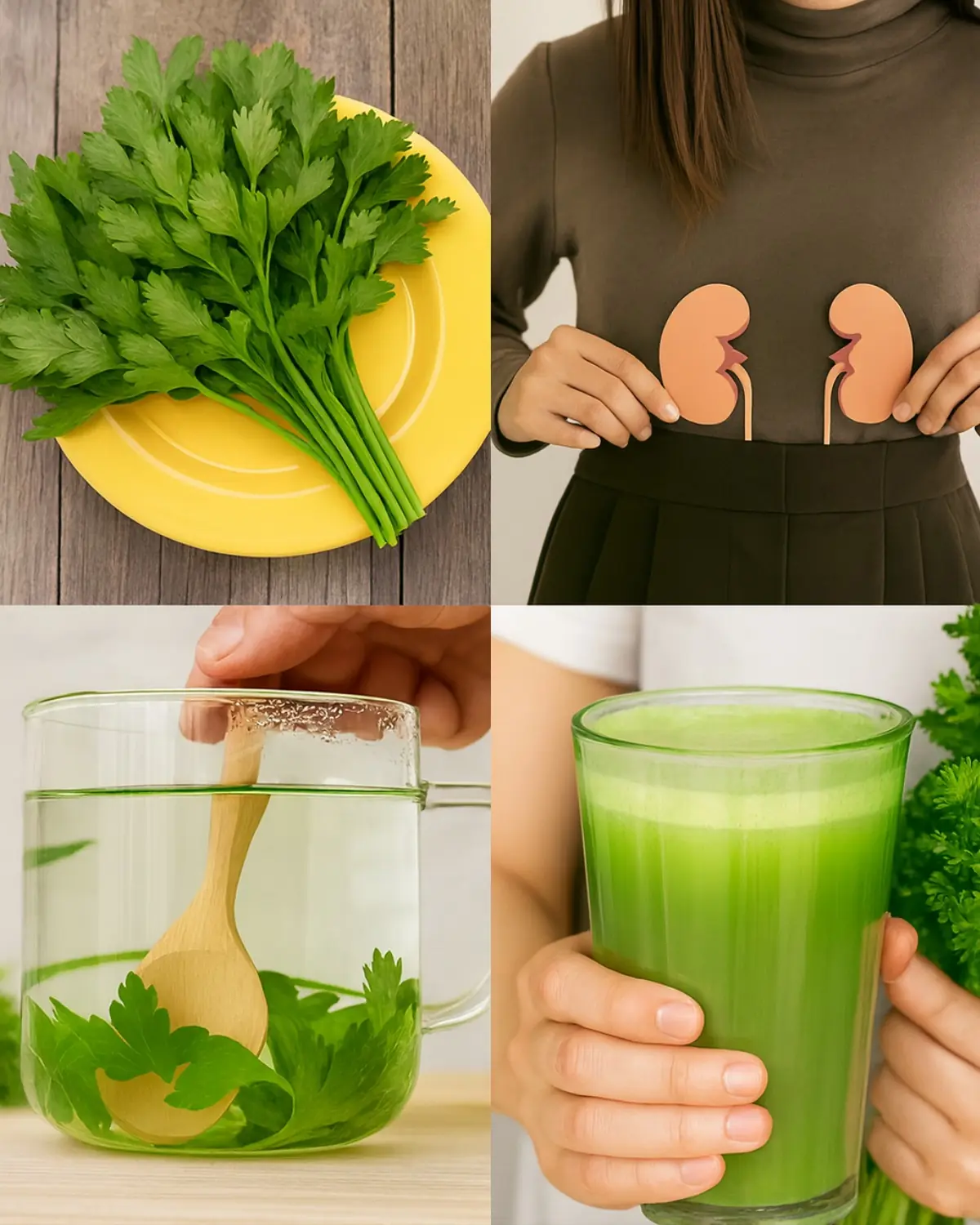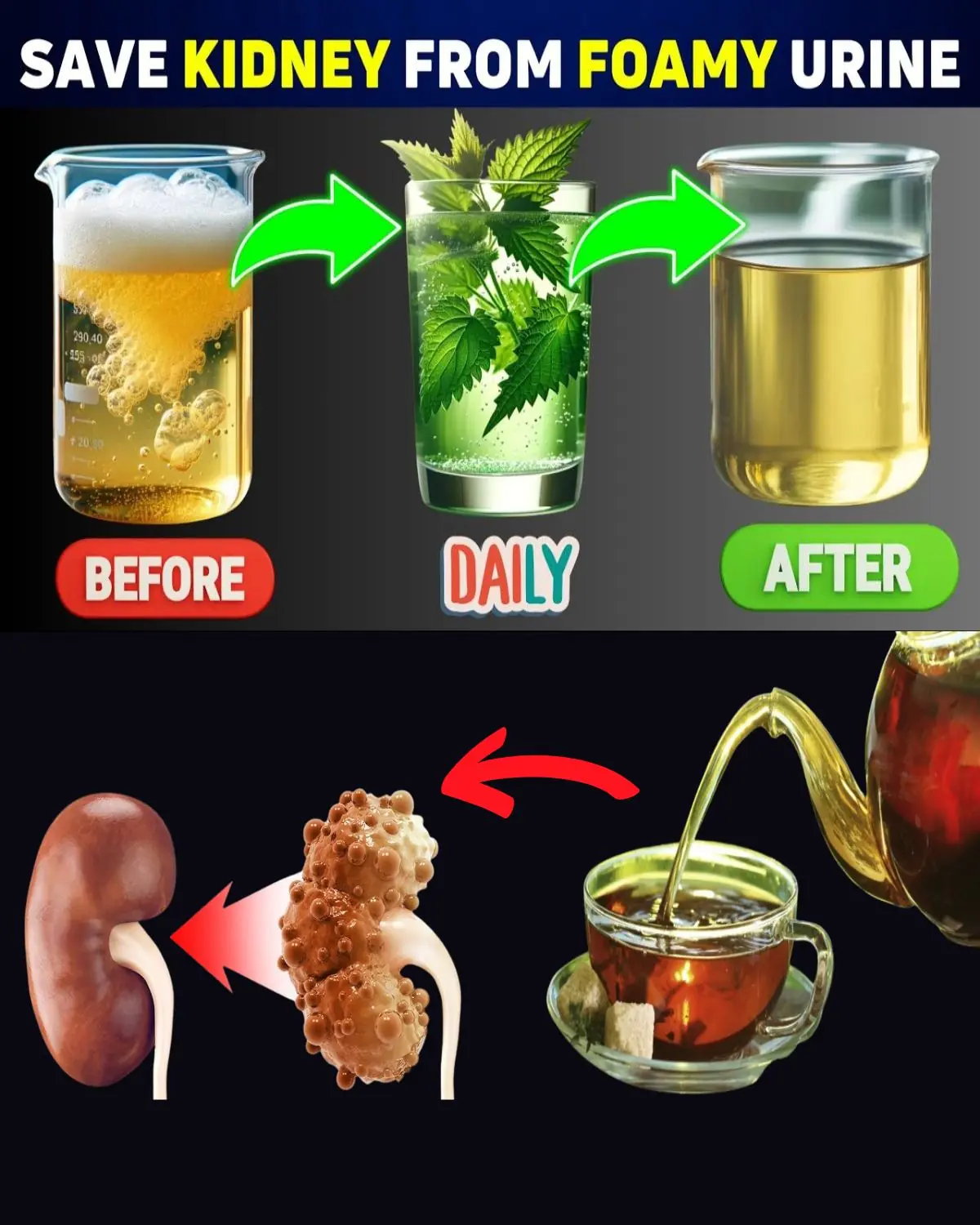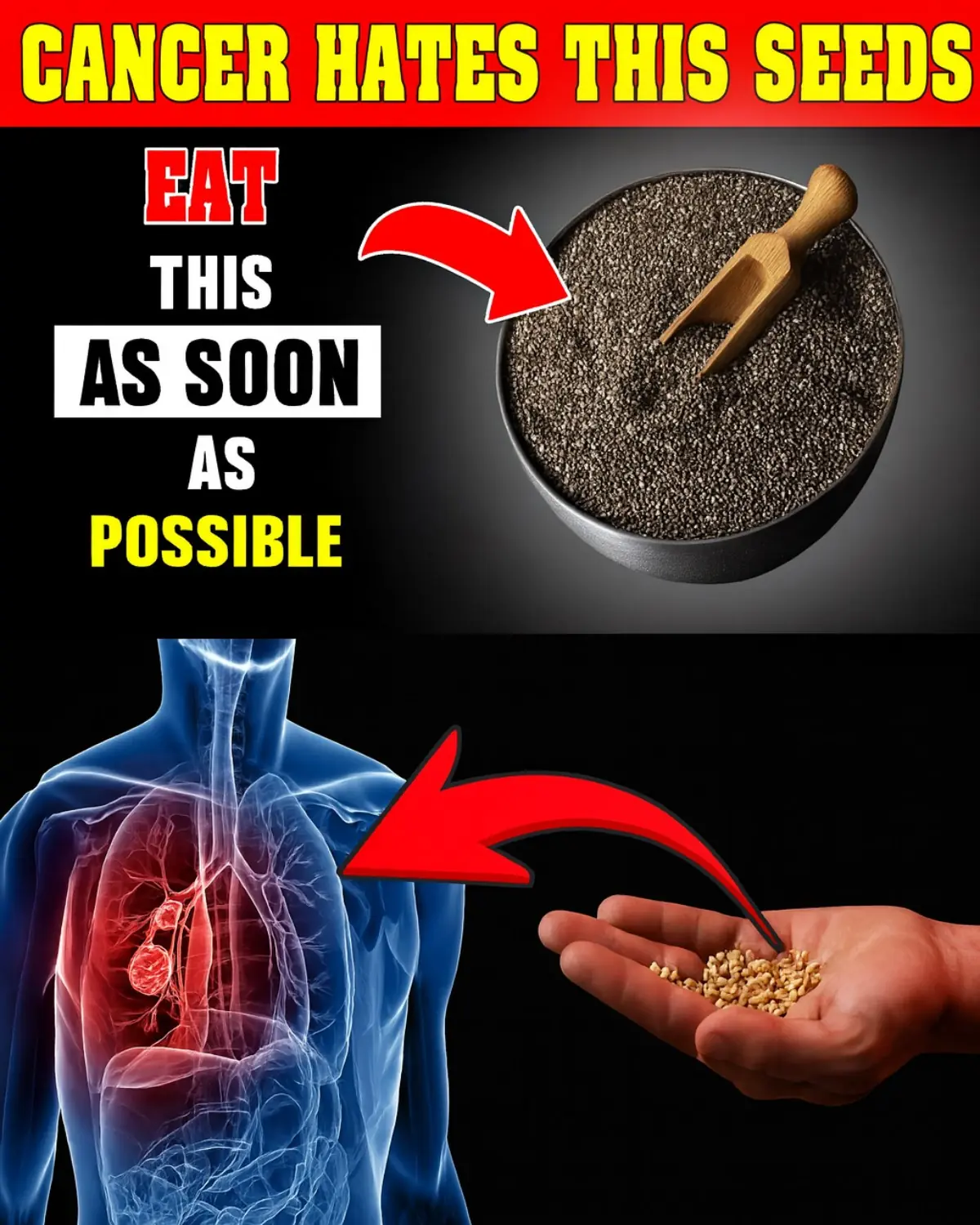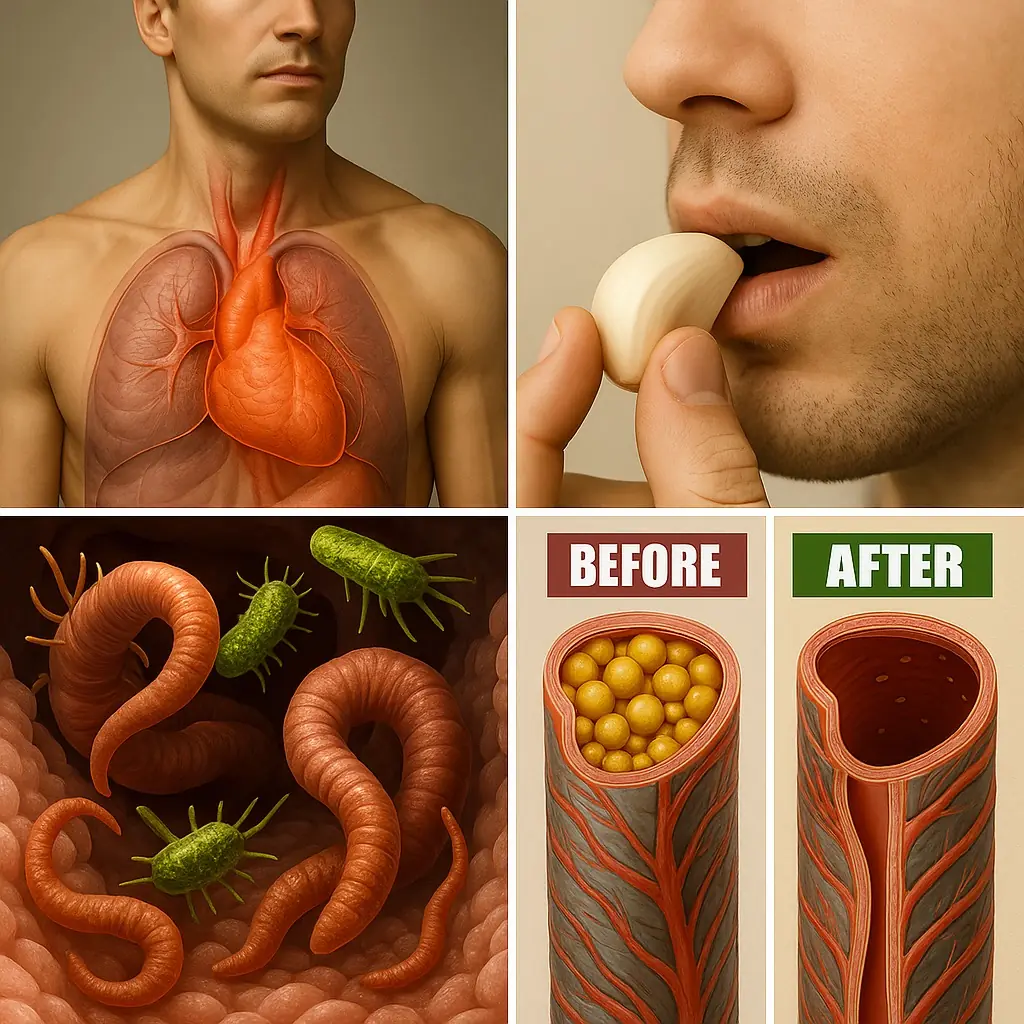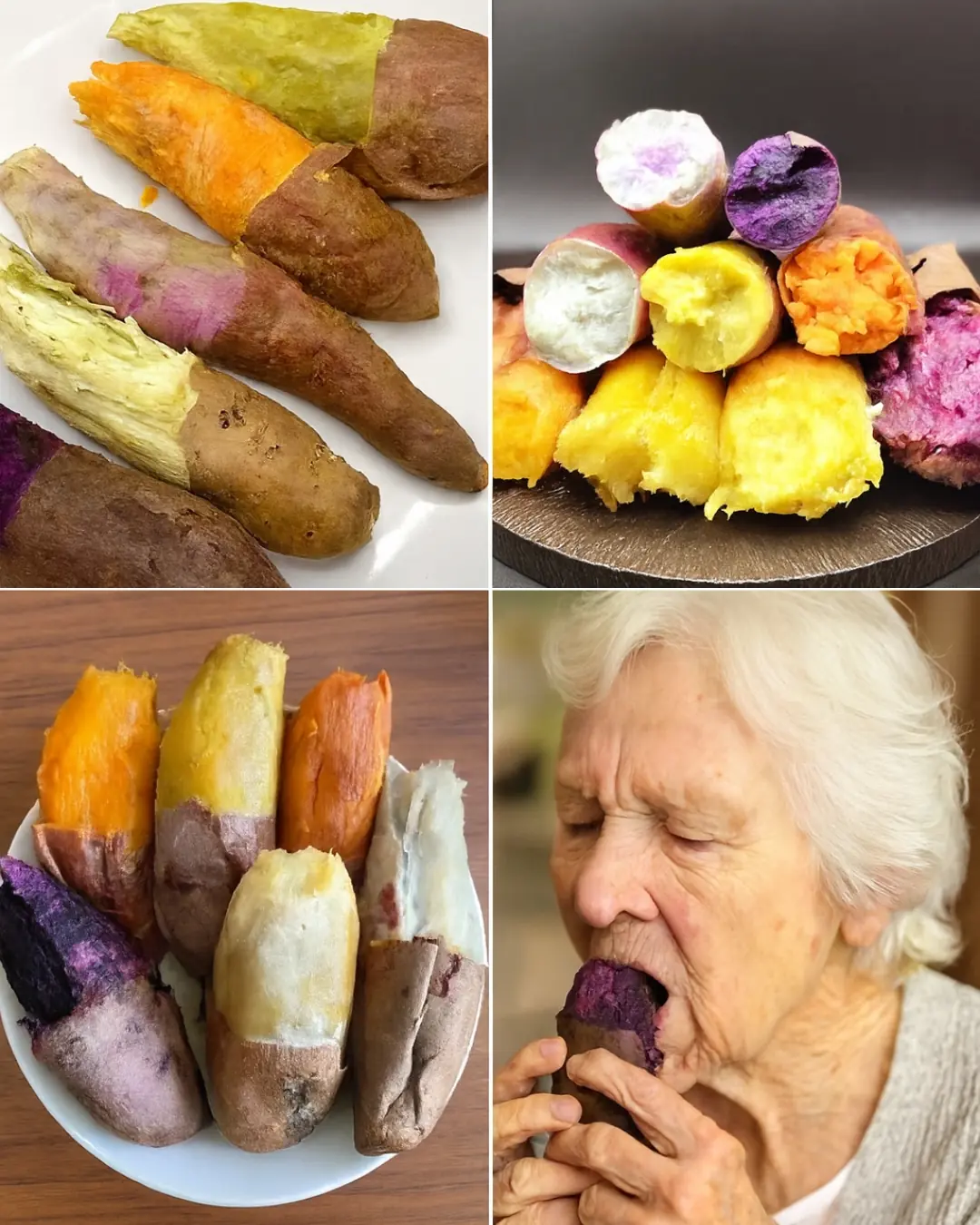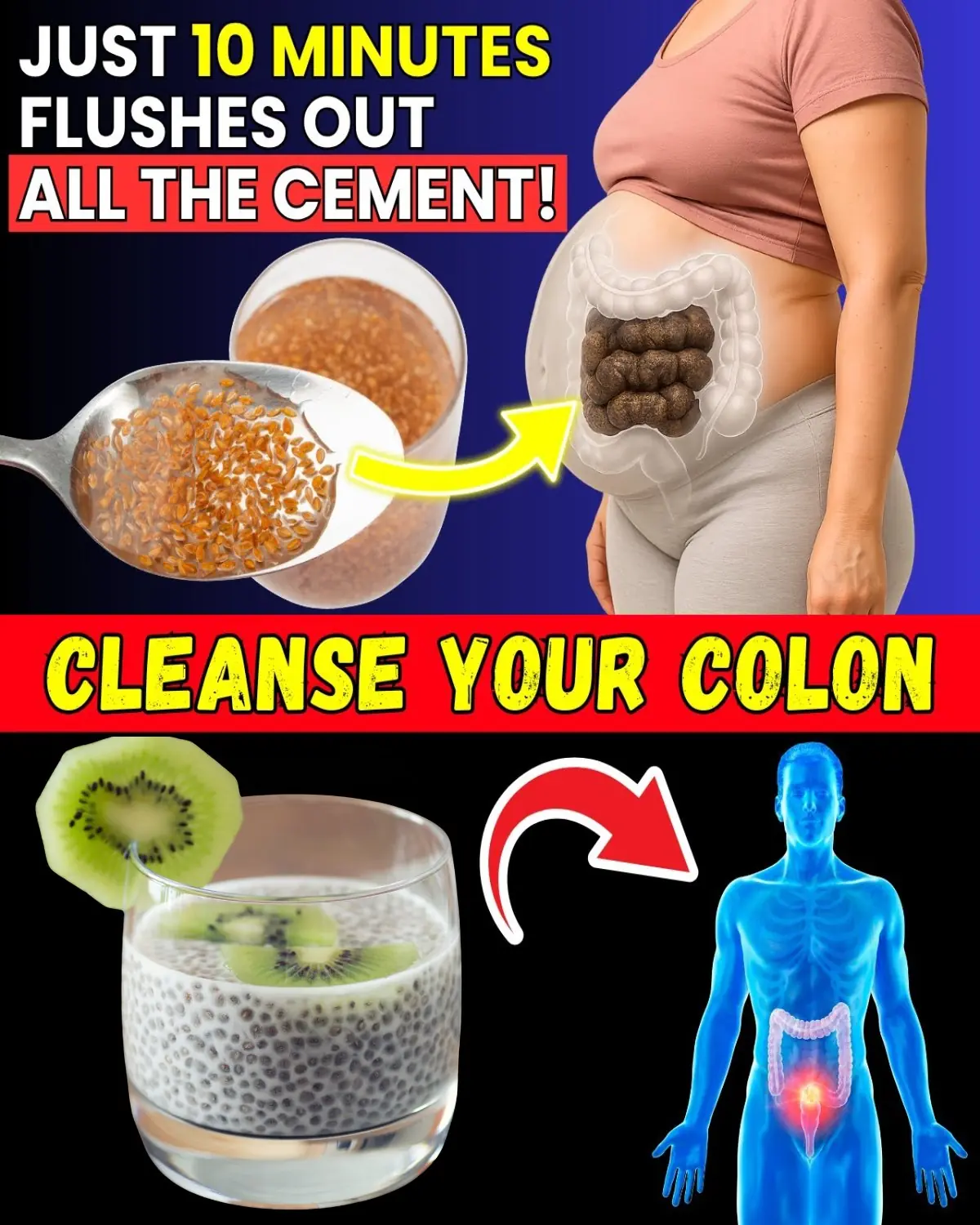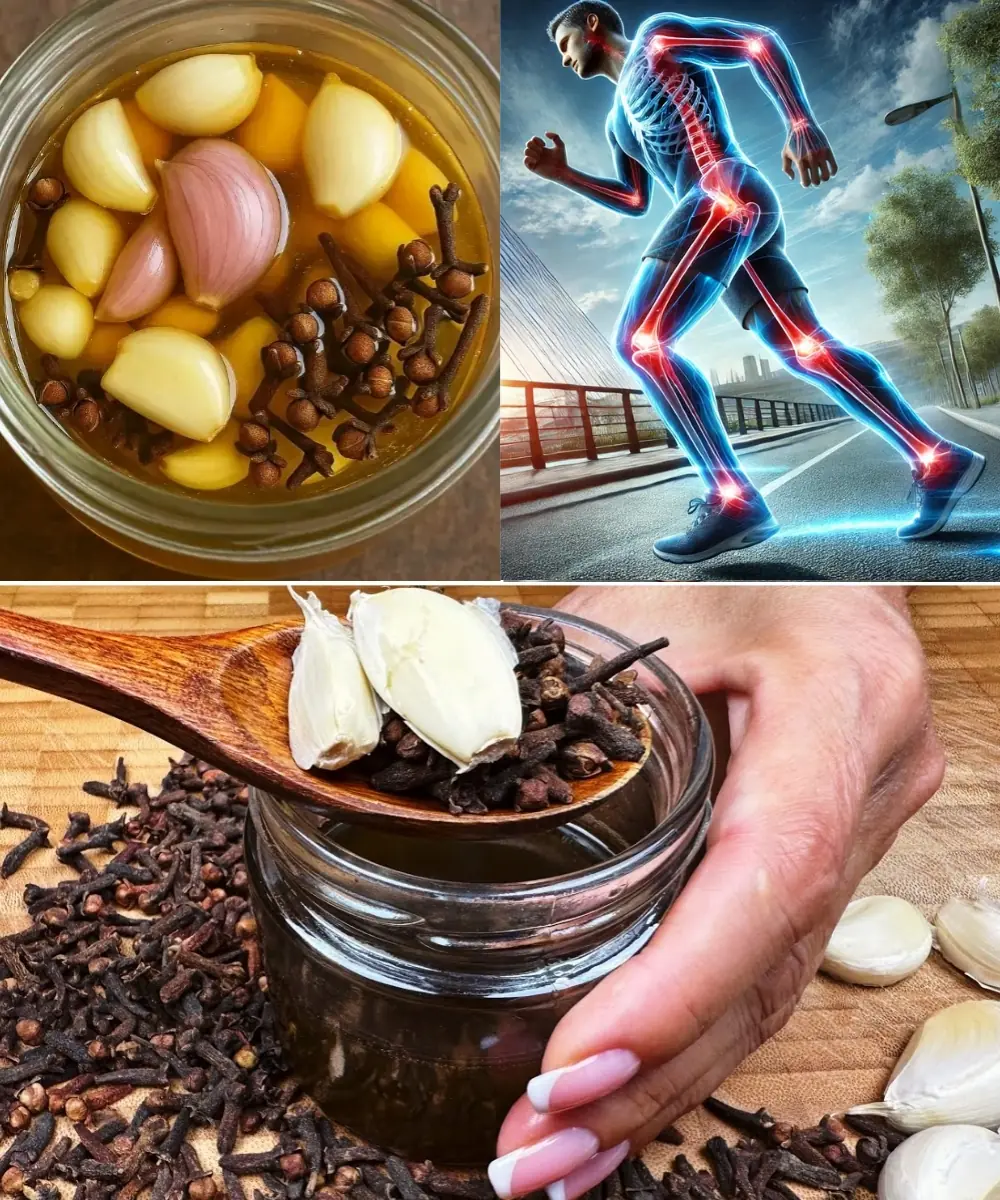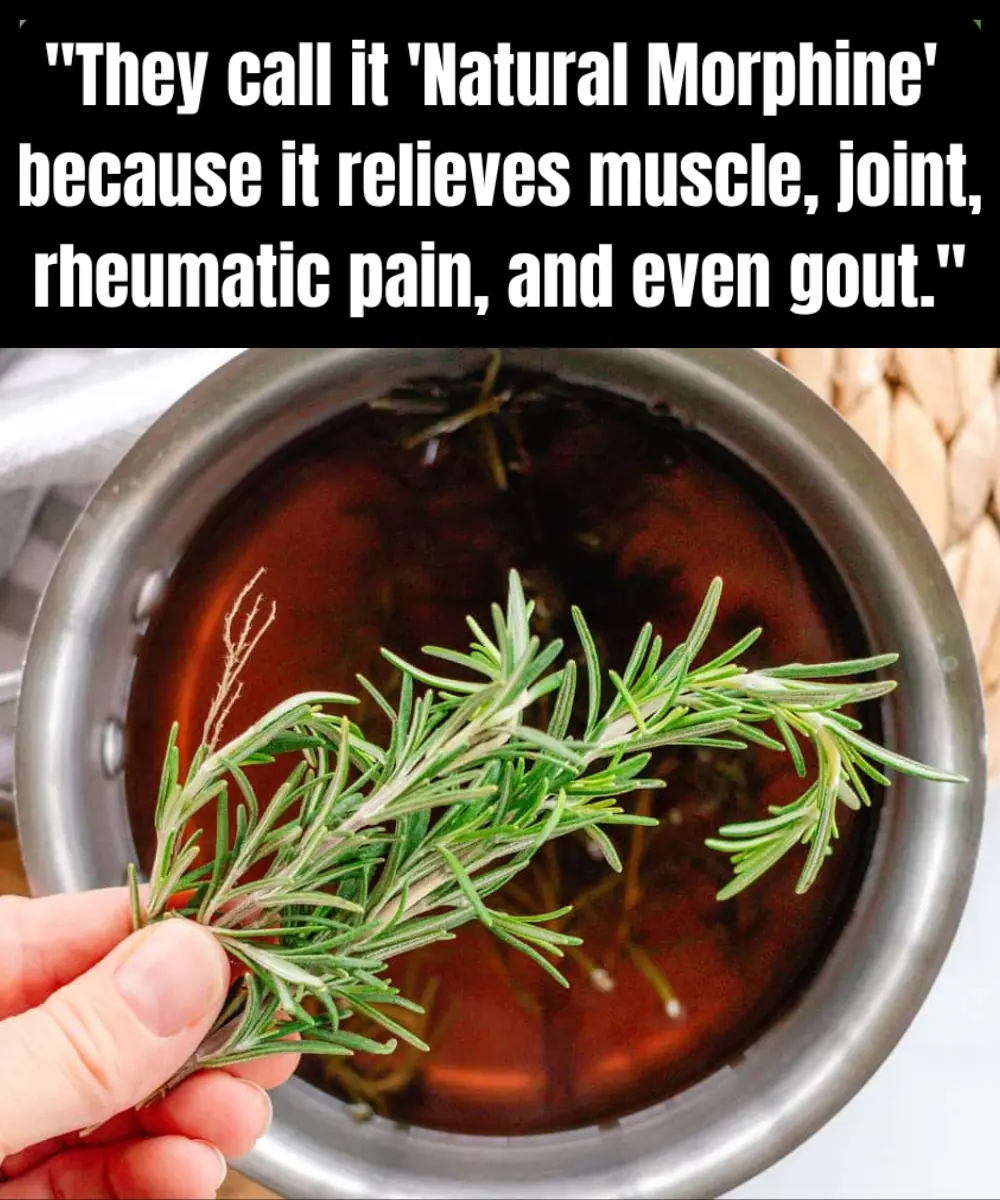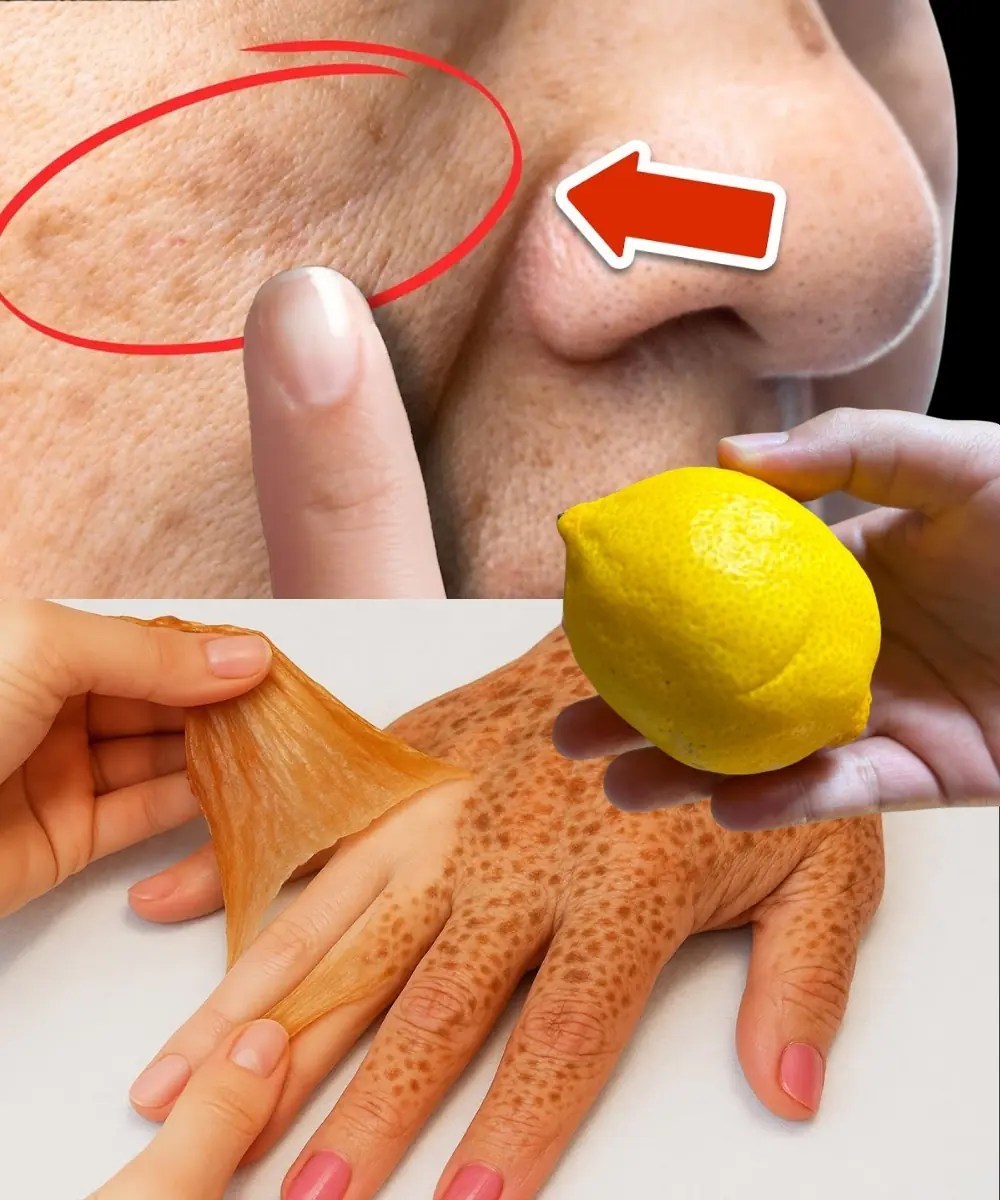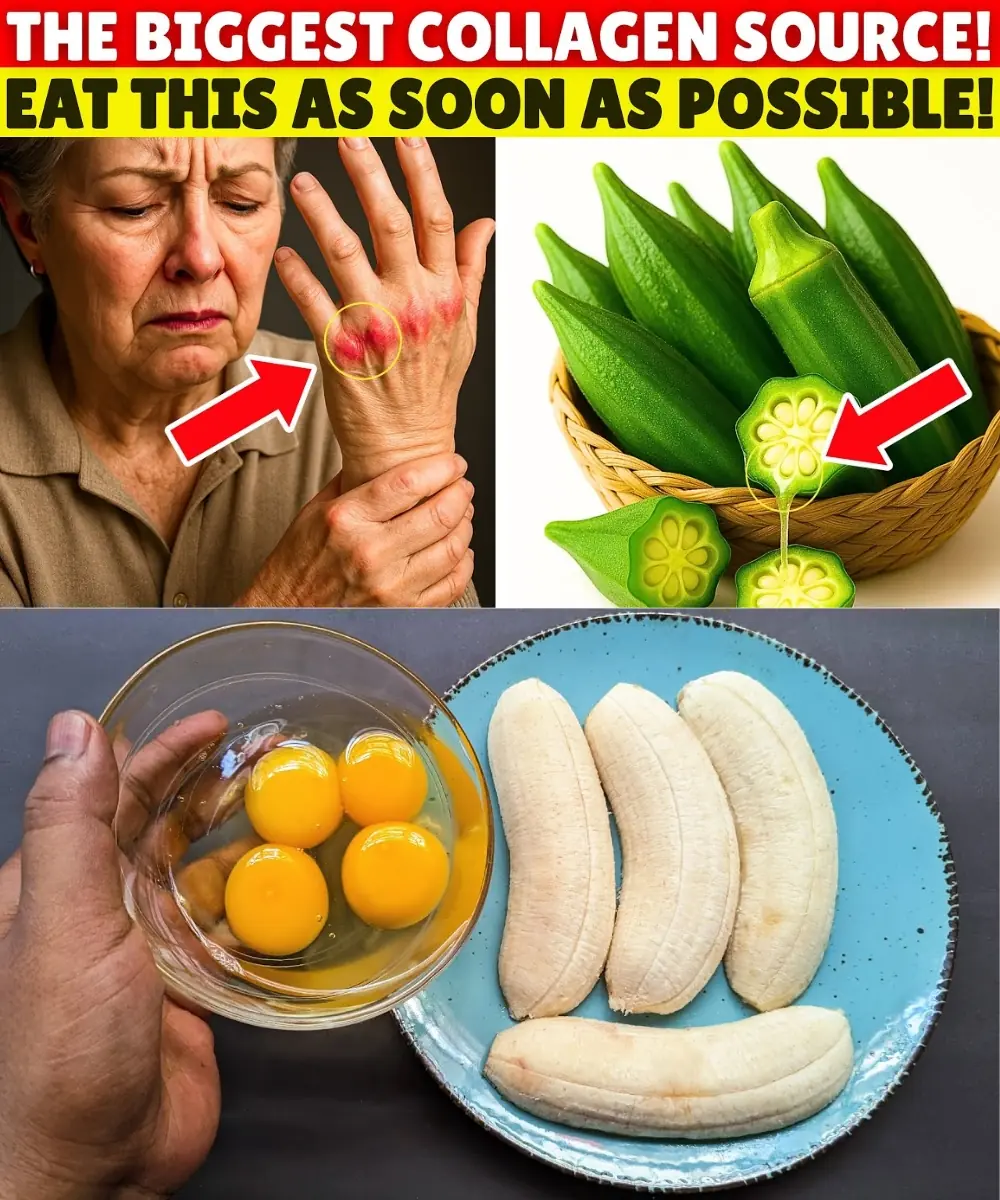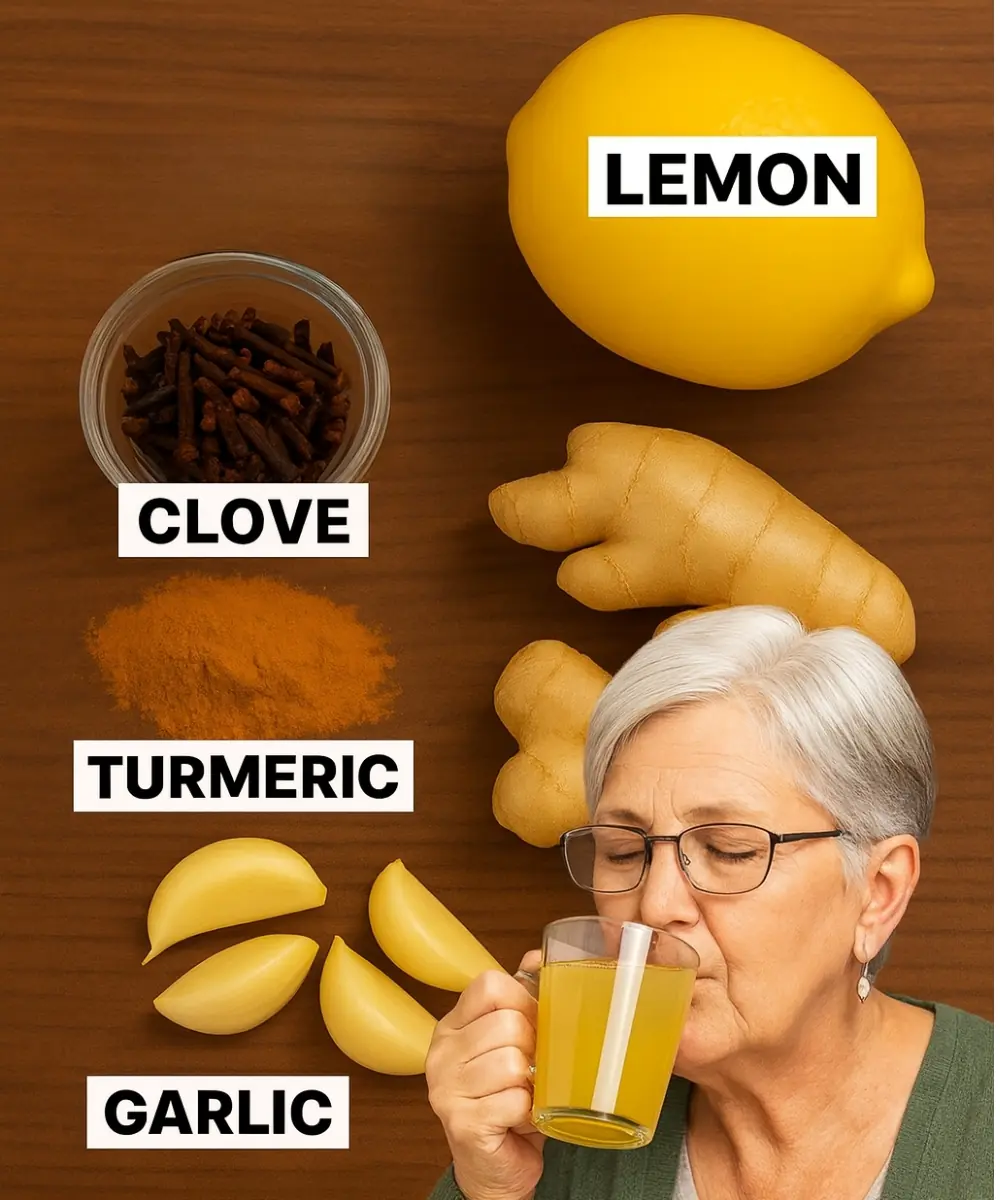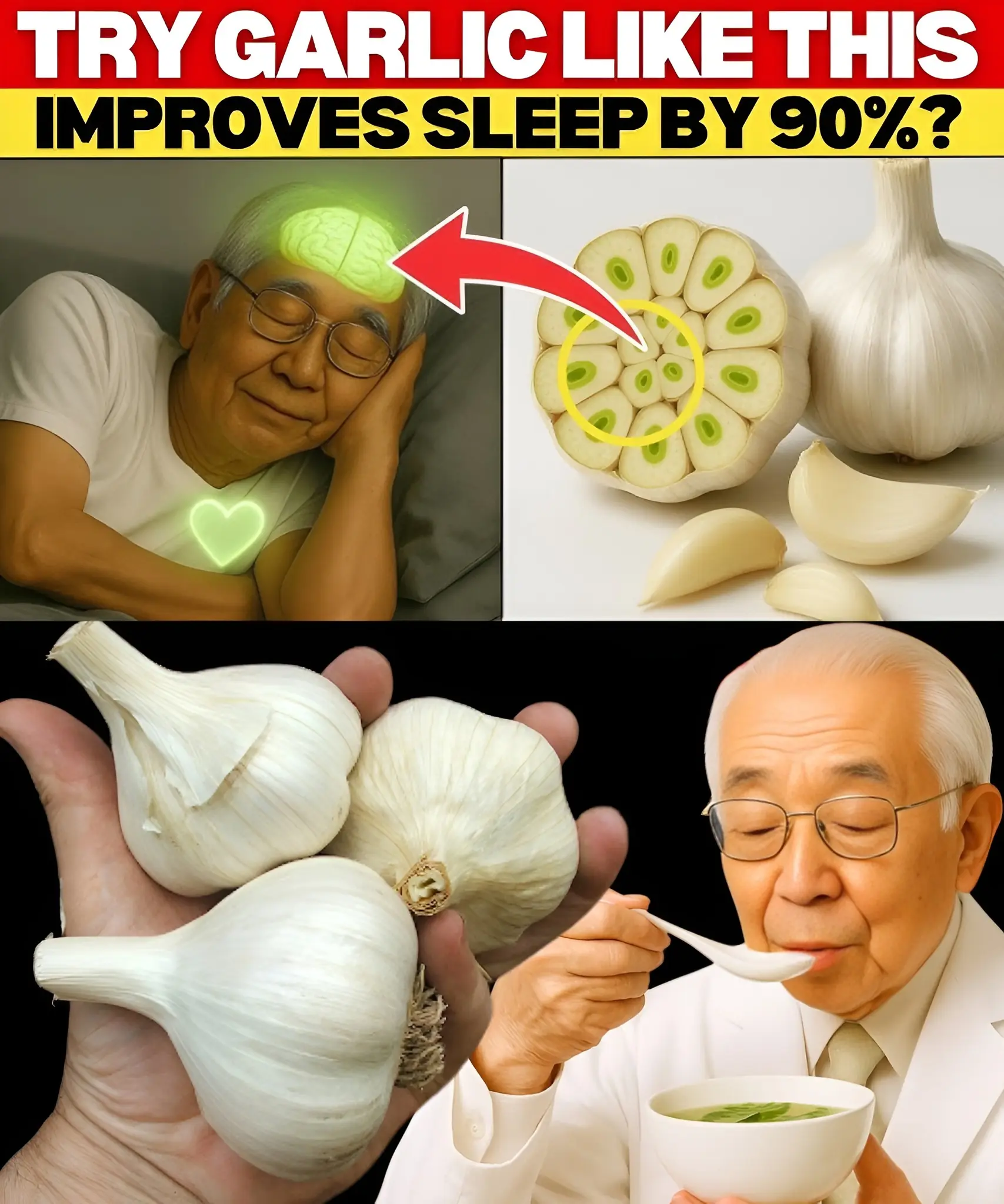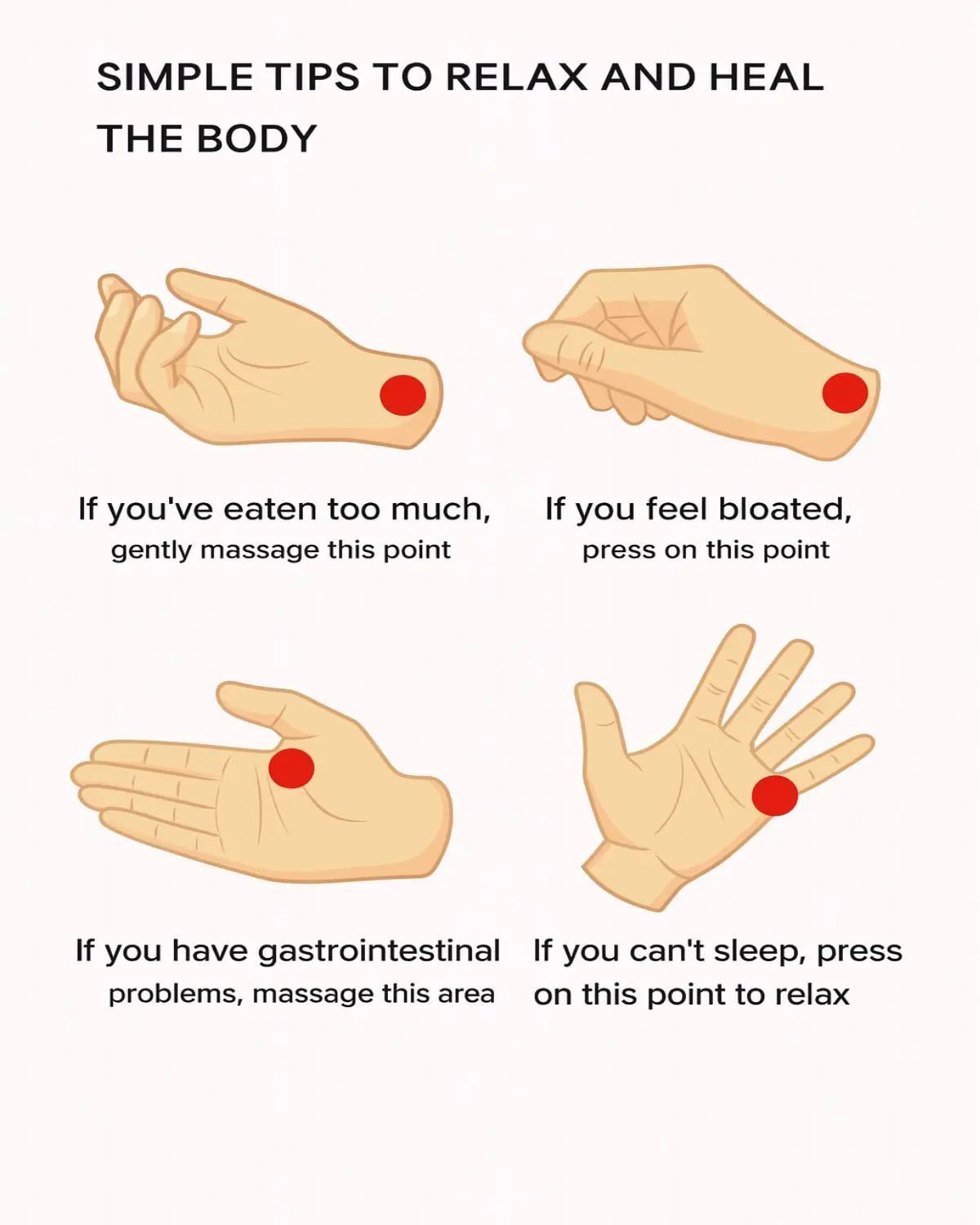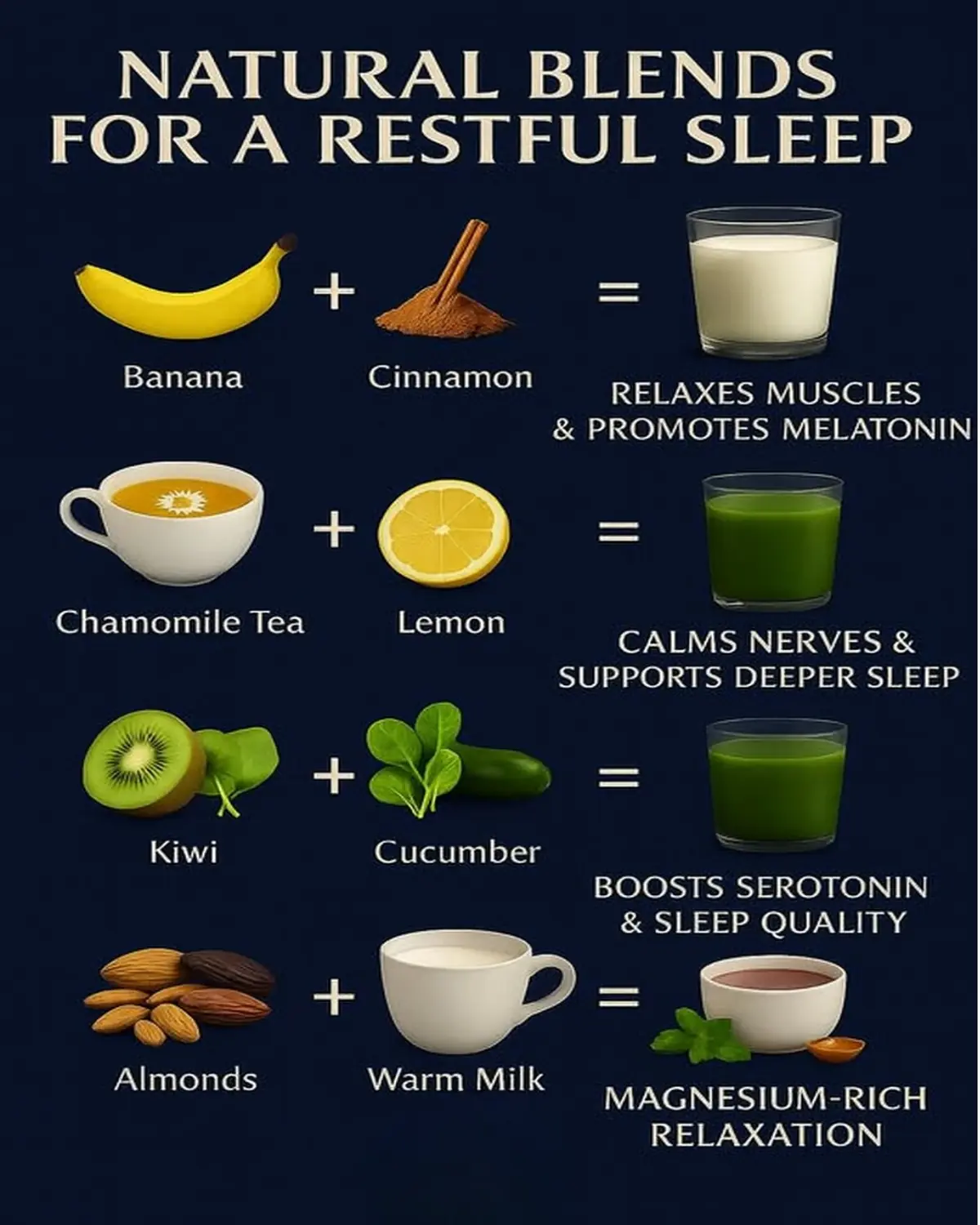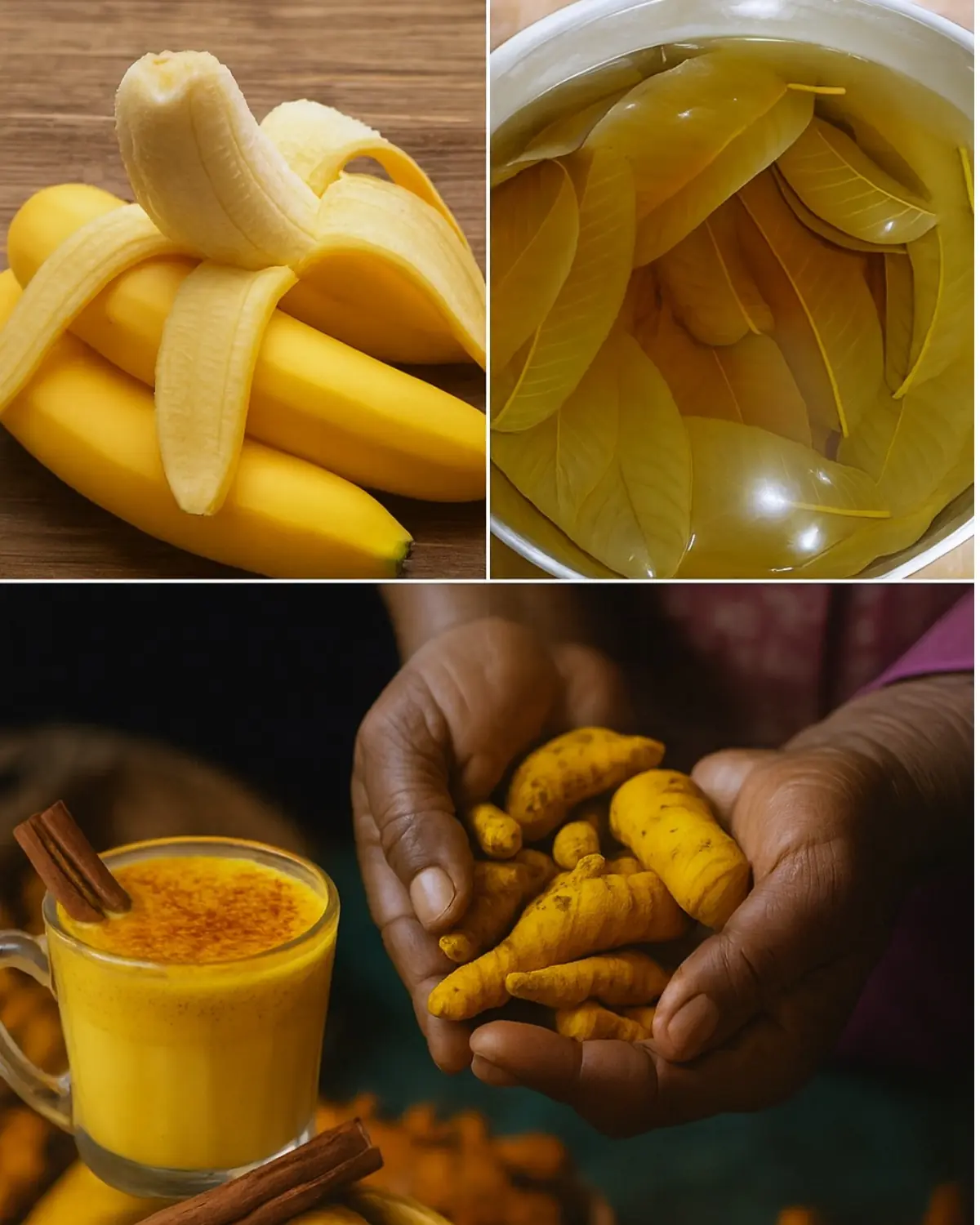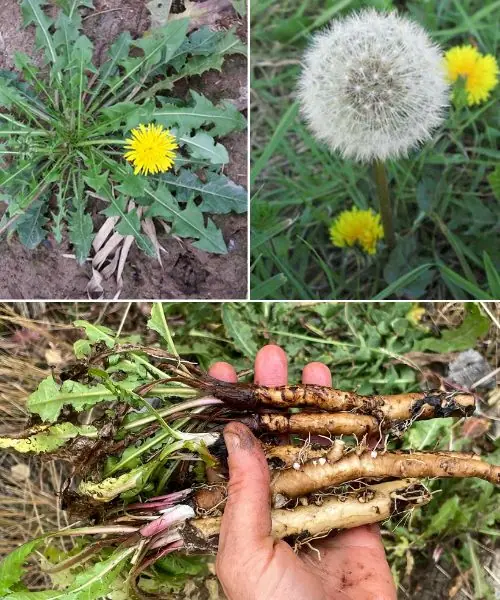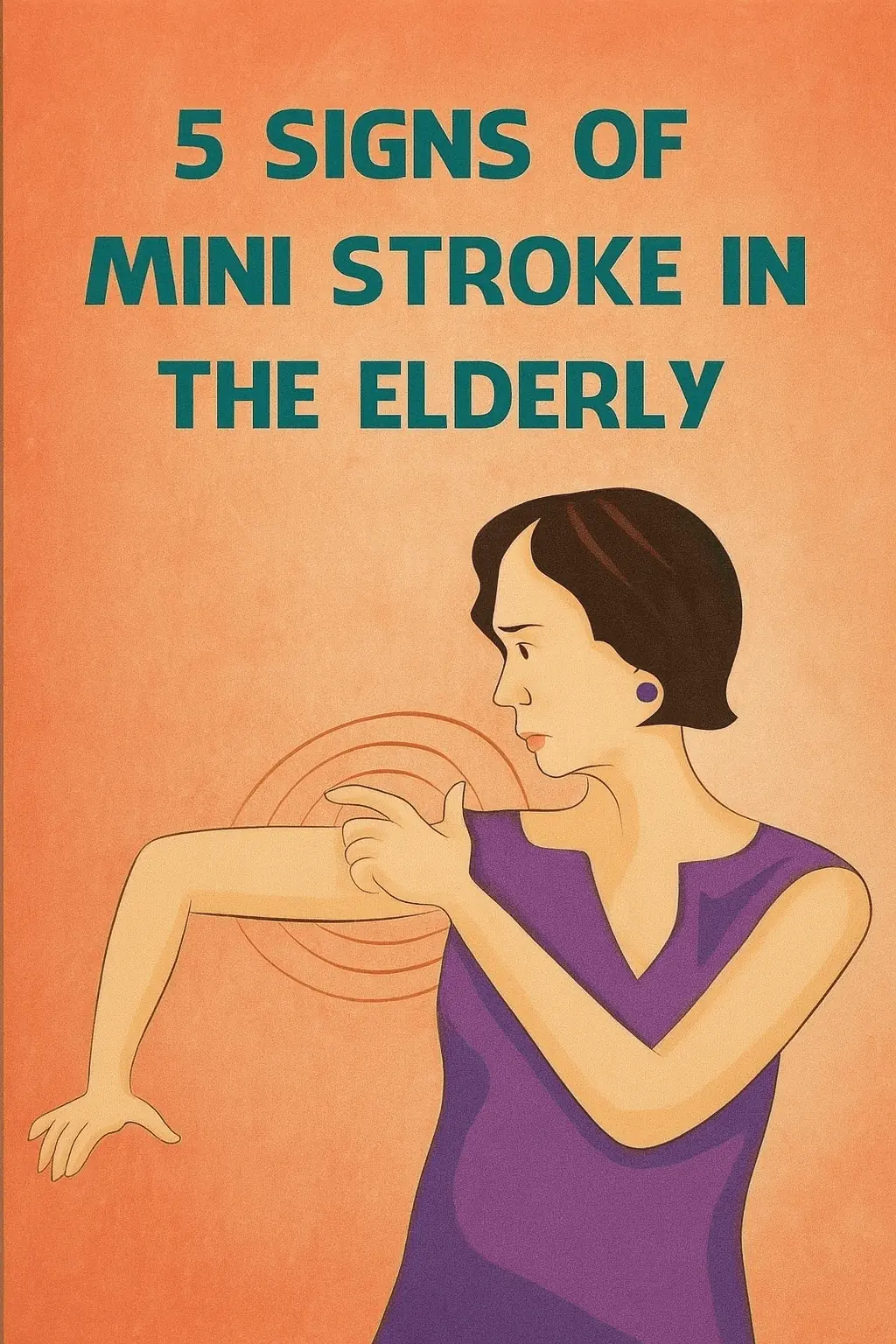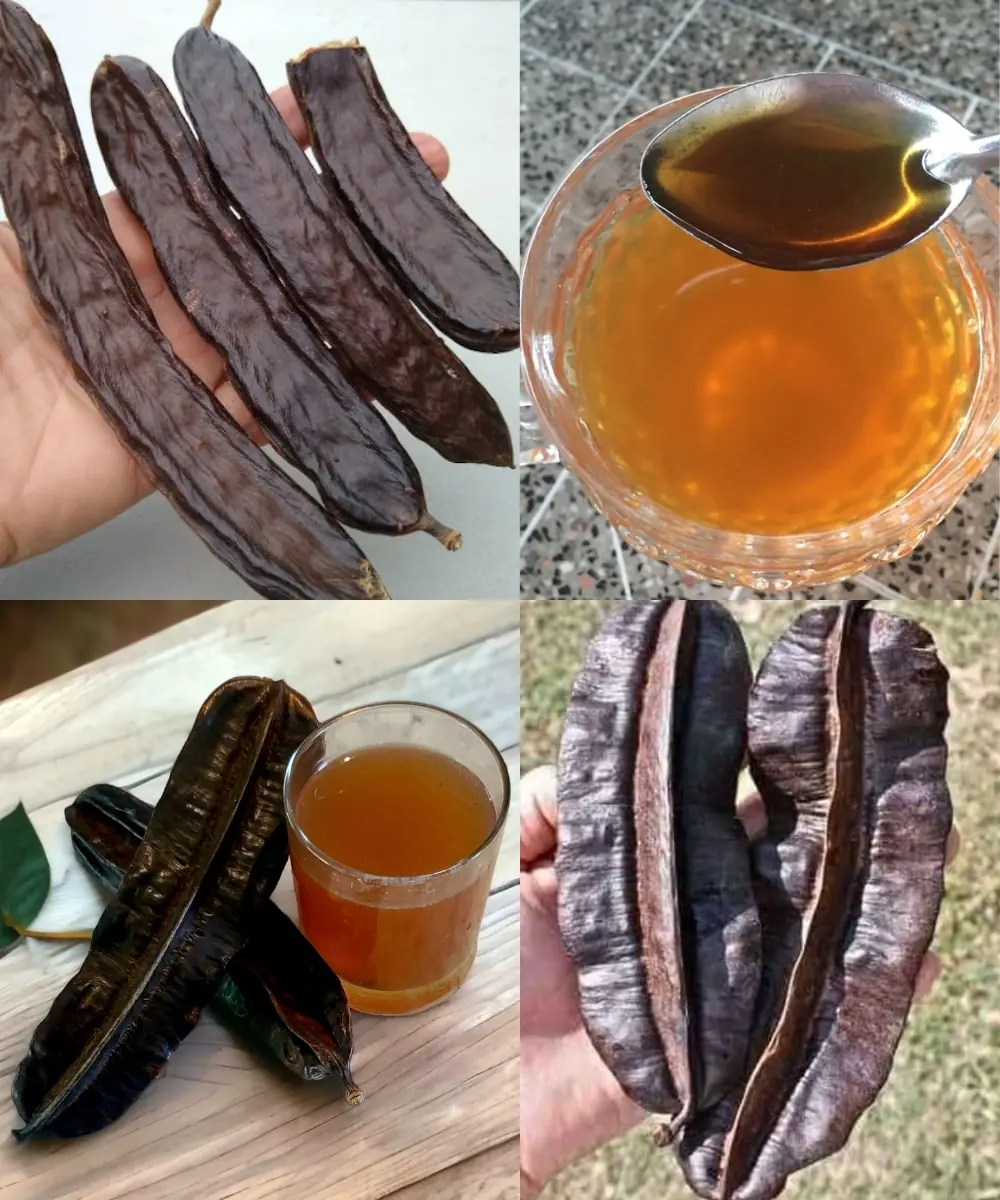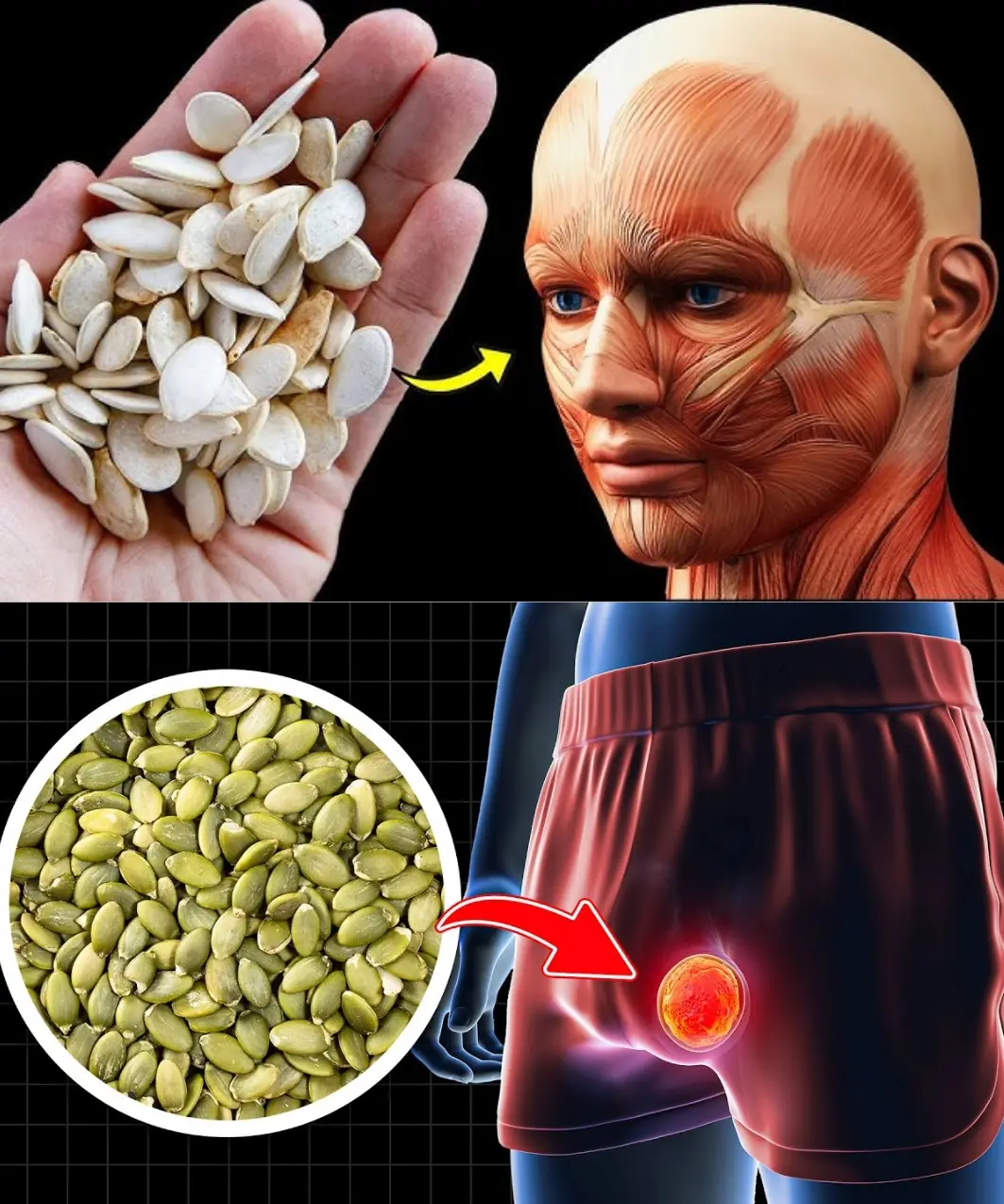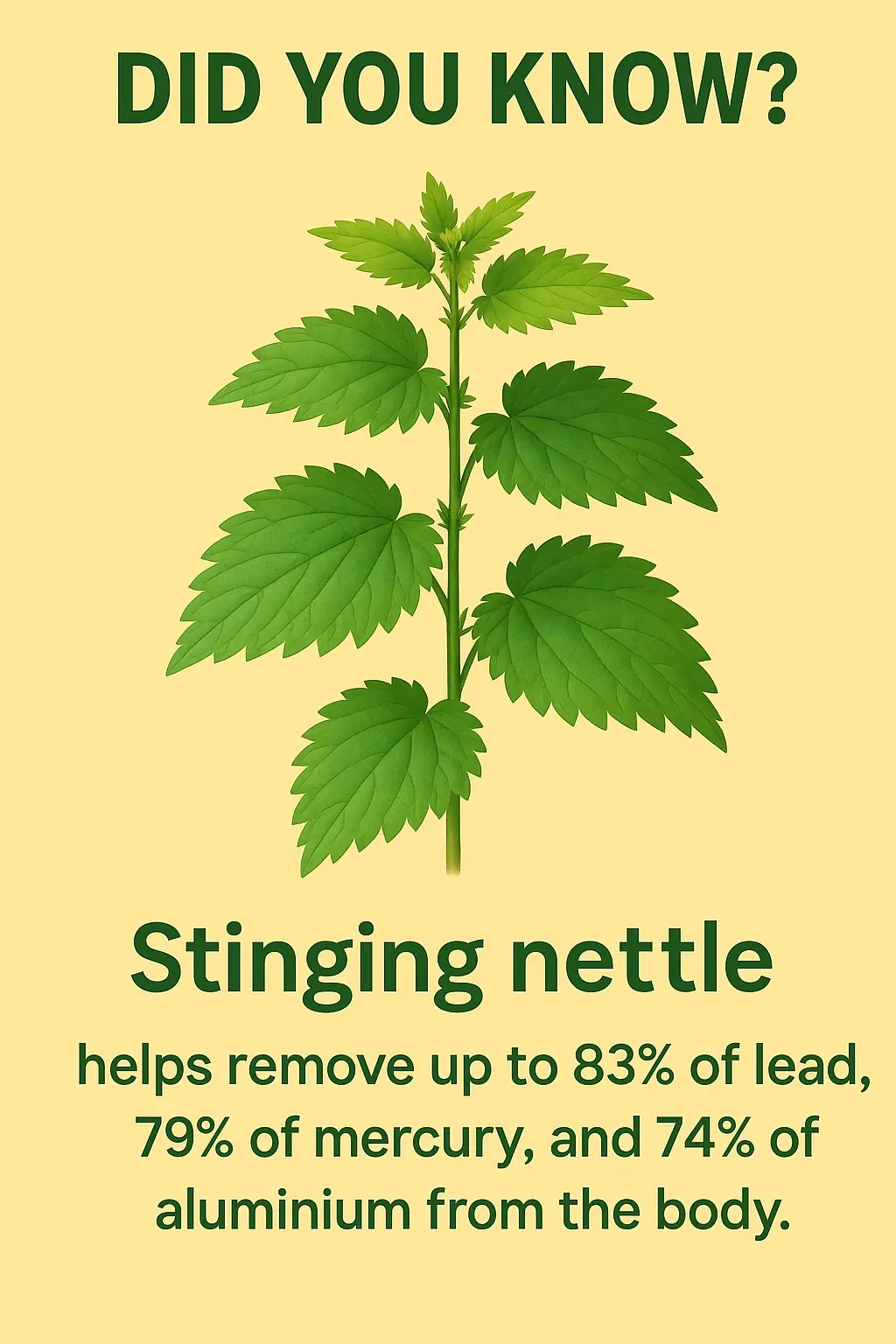
Stinging nettle is often dismissed as an annoying wild plant, but in reality, it is one of nature’s most powerful natural detoxifiers. Its bioactive compounds have been shown to help the body eliminate accumulated heavy metals, including:
✅ Lead
✅ Cadmium
✅ Nickel
These toxins can silently build up in the body over time, affecting energy levels, joint function, mood, and nervous system health. Nettle helps by binding to these metals and supporting their removal through the liver and kidneys, making it a valuable herb for long-term wellness.
📌 General Overview
Botanical Name: Urtica dioica
Common Name: Stinging Nettle
Family: Urticaceae
Parts Used: Leaves (fresh or dried), roots, young shoots
Nettle has been used for centuries in traditional medicine, especially in Europe, North America, and Asia. Today, it is widely recognized for its nutritional richness and therapeutic properties.
🌱 Where and When to Find It (Foraging Guide)
Stinging nettle commonly grows in:
Moist forests and woodland edges
Near rivers, streams, and wetlands
Open fields, gardens, and roadside areas
The best time to harvest nettles for food or medicine is spring to early summer, or during fall regrowth, when the leaves are young and tender.
🔍 How to Identify Stinging Nettle
Look for these key features:
Height: Up to 4 feet (1.2 m)
Leaves: Heart-shaped with serrated edges
Texture: Covered in tiny stinging hairs (trichomes) that release formic acid when touched
Growth: Typically found in dense clusters
Other Varieties (Short Overview)
Urtica dioica — Common Stinging Nettle (most widely used)
Urtica urens — Dwarf Nettle (similar, smaller variety)
Urtica pilulifera / incisa / fissa — Less common types with similar properties
✅ Benefits of Stinging Nettle
Stinging nettle is often called a “plant-based multivitamin” thanks to its wide range of health benefits. It supports detoxification, energy, hormones, skin, and joint health — all at once.
🧽 1. Natural Detoxifier — Liver & Kidney Support
Nettle acts as a gentle diuretic, helping flush out excess fluids, uric acid, and heavy metals like lead and cadmium. Ideal for water retention, swollen legs, gout, or sluggish kidneys.
🦴 2. Anti-Inflammatory for Joint Pain
Traditionally used for arthritis and muscle stiffness, nettle contains quercetin and caffeic acid, which naturally reduce inflammation and improve mobility.
🩸 3. Builds Blood — Iron & Chlorophyll Rich
High in iron and chlorophyll, nettle supports people struggling with anemia, fatigue, or low blood pressure, improving energy and oxygenation.
🌿 4. Balances Blood Sugar
Studies suggest nettle may improve insulin response, helping stabilize glucose levels and reduce energy crashes or sugar cravings.
💆♀️ 5. Supports Hair, Skin & Nail Health
Thanks to its silica, zinc, and antioxidants, nettle is used in hair rinses for dandruff and hair loss, and in skin tonics for eczema or irritation. It nourishes from within.
🌸 6. Hormonal & Reproductive Support
Women: may reduce PMS bloating and menopausal inflammation
Men: nettle root is traditionally used to support prostate health
🛡️ 7. Natural Antihistamine — Allergy Relief
Its antihistamine effects make it helpful for sneezing, congestion, and itchy eyes, offering a non-drowsy alternative to allergy pills.
Preparing Nettles: Tea, Smoothies, Pesto and Soup
Nettles are incredibly versatile in the kitchen. Here are three popular ways to prepare and enjoy them:
🌱 Nettle Pesto Recipe
Ingredients:
2 cups young nettle leaves (blanched for 1 minute, then cooled)
1 clove garlic
1/2 cup olive oil (extra virgin for best flavor)
2 tbsp walnuts or sunflower seeds
2 tbsp grated hard cheese (like parmesan or pecorino)
Salt and fresh lemon juice – to taste
Instructions:
Blanch the nettles in boiling water for 1 minute (to remove the sting), then cool them under cold water and squeeze out the excess.
Add nettles, garlic, nuts/seeds, cheese, and half the oil to a blender or food processor.
Blend until smooth, adding the rest of the oil gradually.
Season with salt and a splash of lemon juice. Blend again briefly and taste.
Adjust consistency with a little more oil or lemon if needed.
🥄 Tip: Store in a glass jar in the fridge for up to a week. Great with warm pasta, grilled veggies, or crusty bread!💚
1️⃣ Nettle Tea
Ingredients:
1 tablespoon dried nettle leaves (or a handful of fresh leaves, blanched first)
1–2 cups hot water
Honey or lemon (optional)
Instructions:
Steep the nettle leaves in hot water for 5–10 minutes.
Strain, sweeten if desired, and enjoy!
2️⃣ Nettle Pesto
Ingredients:
2 cups young nettle leaves (blanched 1 minute, then cooled)
1 clove garlic
½ cup extra virgin olive oil
2 tbsp walnuts or sunflower seeds
2 tbsp grated hard cheese (Parmesan or Pecorino)
Salt & lemon juice to taste
Instructions:
Blend all ingredients except oil.
Add oil gradually while blending until smooth.
Adjust seasoning — enjoy on pasta, bread, or vegetables!
⚠️ Precautions
While nettle is generally safe, keep in mind:
Always wear gloves when harvesting — the stinging hairs can irritate skin.
Do not consume raw leaves without drying or cooking — heat neutralizes the sting.
People with kidney disorders or on diuretics should consult a professional before using nettle regularly.
Pregnant women should avoid internal use without guidance, as nettle may stimulate contractions.
✅ In summary, stinging nettle is not just a weed — it’s a potent detoxifier, mineral-rich tonic, and traditional healing herb that deserves a place in both your garden and your kitchen.
